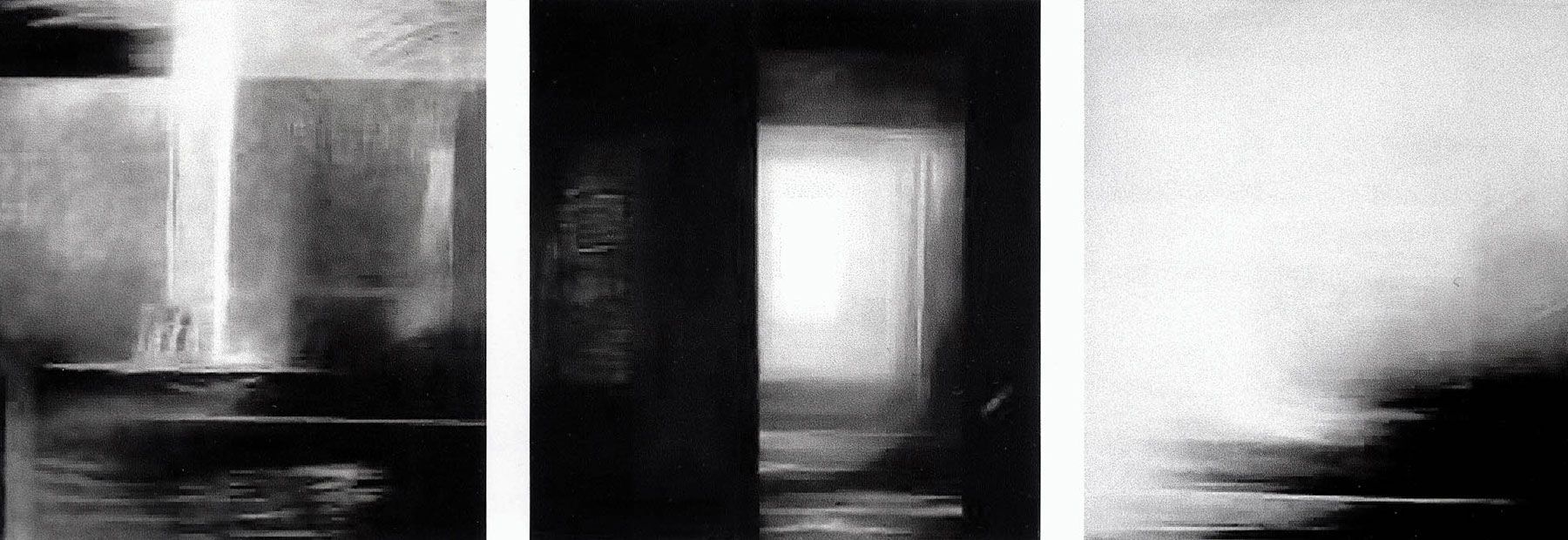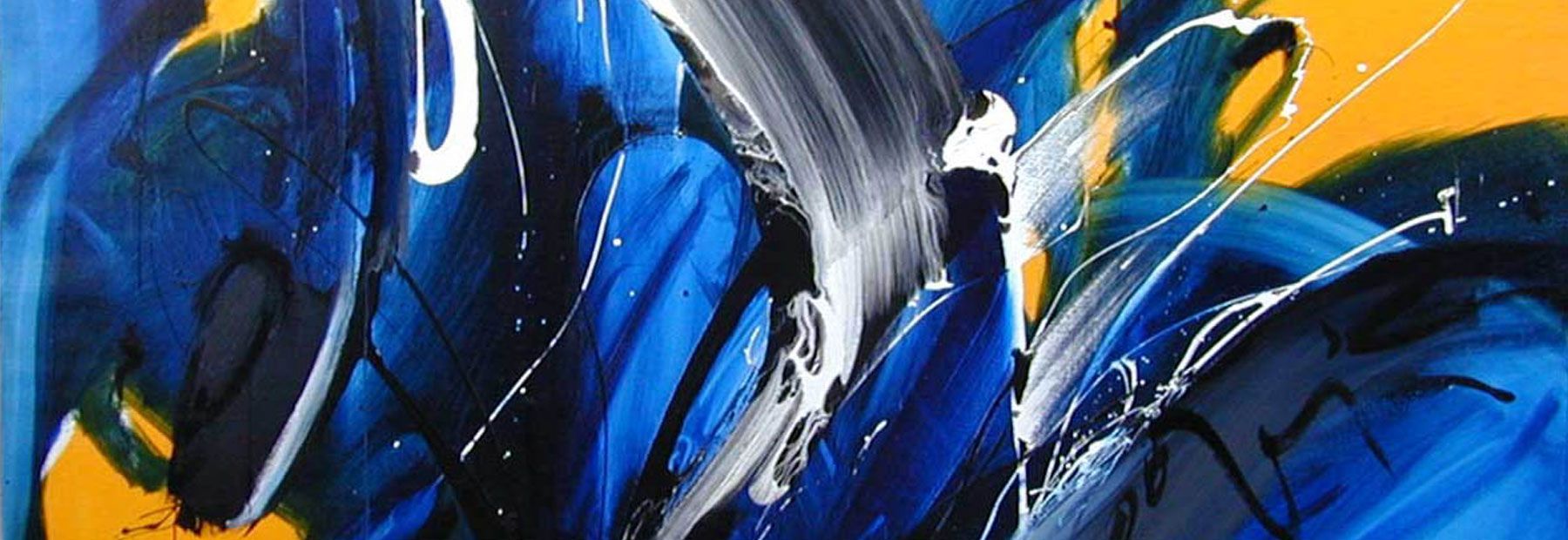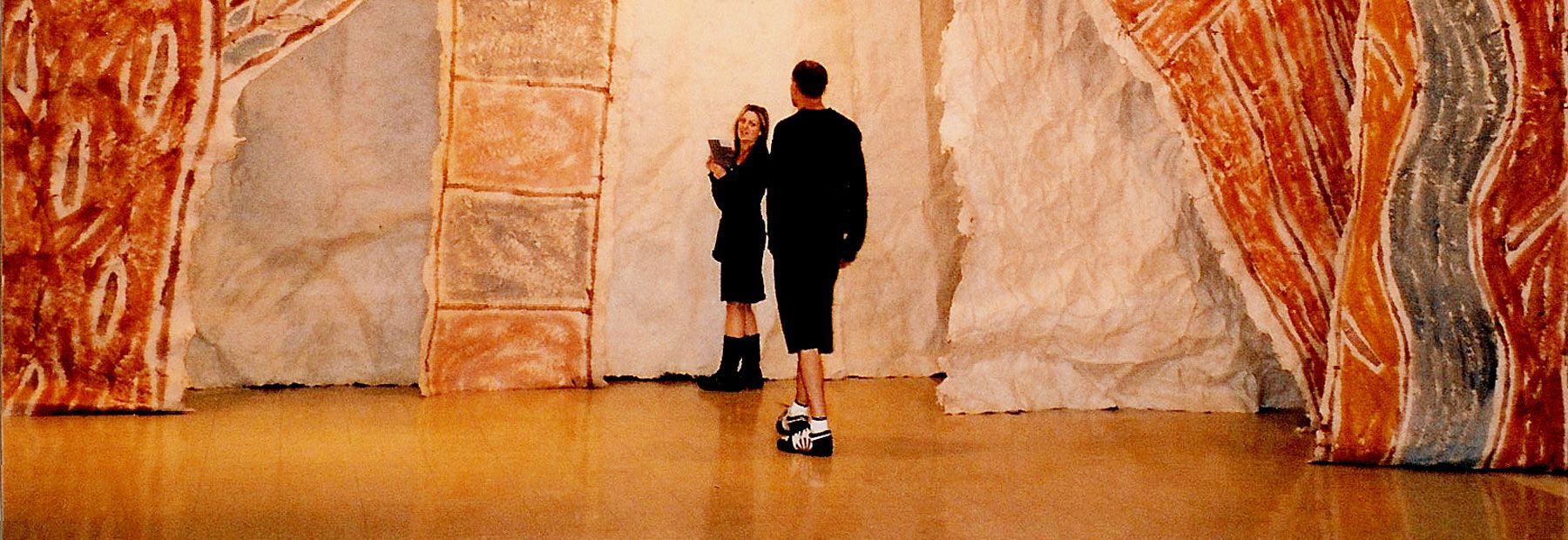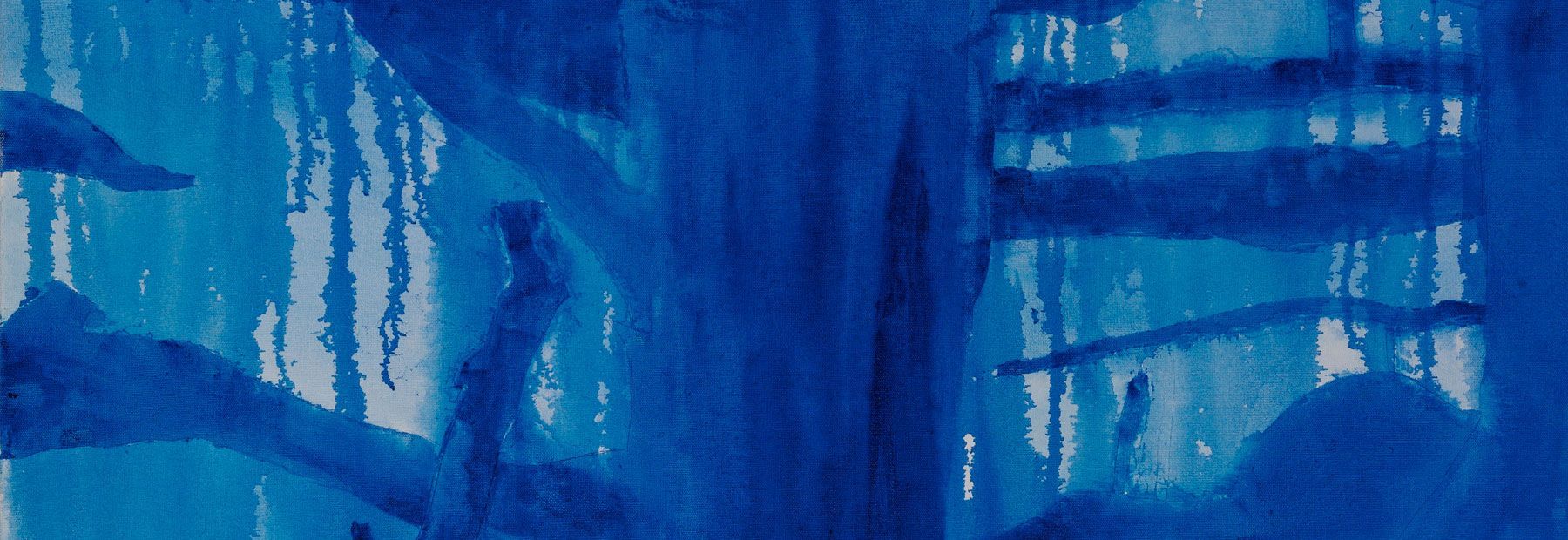Praise
A review of Y H Kwon’s recent exhibition.
Salamander Gallery, Christchurch
11 - 30 August 2009
Crimson, vermilion, fuchsia and lilac. These are some of the eye-popping colours that confront you as you walk into the Salamander Gallery to see Kwon’s show. As a joyful, celebratory cycle of paintings, it is spare, no more than five works, following the same theme and all with the same name ‘Praise’.
Springtime blooming of magnolias is depicted throughout the exhibition. On each canvas there is one fully laden branch: some coming from the top, one from the left and, yes one from the right. These works reminded me of the simplicity and purity of design that there often is in Oriental Art. There is a deliberate shallow depth of field. The luscious contrast of rich blood-red paint against the pearly luminescent white interiors of the flowers set on a clashing lilac background, with a watery sun-or is it the moon—struggling to shine through a faint mist or fog, is very evocative. Each petal is joyfully reaching upwards. Seemingly, all is botanically correct and meticulously crafted, and yet there are signs of a deliberate loosening of technique - a spontaneous lightness of touch. The colour scheme is enriched by the addition of smaller amounts of brown, green and yellow ochre, mainly, along the branches and in the leaves.
A stimulating, soothing and peaceful environment is successfully created by the exhibition. Kwon clearly appreciates all of Creation around him. Significantly the positioning of the celestial orb is randomly placed around the canvases, so that there is no hint of worship of this body, but rather there is a reaching up to something other. The artist’s statement says it all. ‘The beauty of the world touches upon eternal meaning in which we can share despite any religious or cultural differences’.
Reviewed and written by Jessica Crothall












